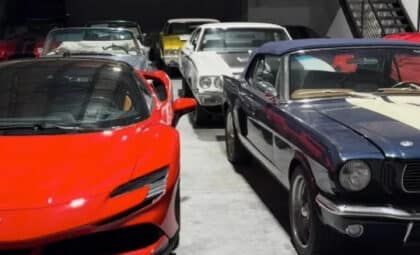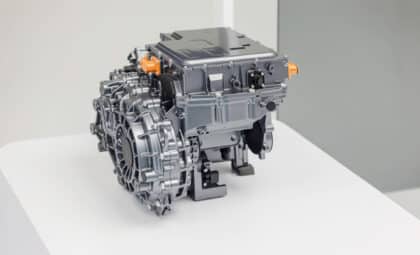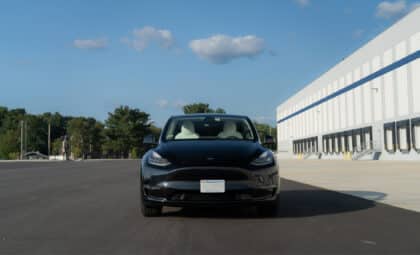Showcased at the IAA Mobility show in Munich, the vehicle reflects the company’s strategic push toward electric mobility while celebrating more than a century of automotive innovation.
The concept is part of a broader effort by Mercedes-Benz to reimagine its brand identity through its electric EQ lineup and a reinterpretation of its storied past. Described by the company as “a tribute to iconic brand-defining elements,” the Vision Iconic Concept is both a technical exercise and a design manifesto, previewing how the brand might approach future mobility with roots deeply embedded in its legacy.
Rather than simply showcasing the latest drivetrain or technology package, the Vision Iconic Concept operates on a symbolic level. It was created without a direct production goal in mind but instead serves as a brand statement—one that communicates Mercedes-Benz’s evolving visual language, especially within the context of electrification. The result is a streamlined, upright vehicle that stands apart from the increasingly homogenous look of modern EVs.
A Nod to Tradition Through Futuristic Proportions
The Vision Iconic Concept draws inspiration from the 1937 Mercedes-Benz 540K Streamliner and other vintage touring cars, but distills their essence into a minimalist, monolithic silhouette. The upright greenhouse, cab-rearward stance, and pronounced fenders are clear references to pre-war luxury designs. Yet, the overall shape is stripped of ornamentation, emphasizing large uninterrupted surfaces and elegant transitions.
Reported by Car and Driver, design chief Gorden Wagener referred to the concept as a “sculpture on wheels.” The rear-hinged suicide doors, extensive glass canopy, and pillarless construction contribute to this sense of open elegance. Though there are no visible door handles, hinges, or other protrusions, the details emerge through subtle light and surface interactions. The massive 24-inch wheels are tucked into the wheel arches in a way that exaggerates the car’s length and grandeur.
This concept vehicle is not anchored to aerodynamics or efficiency metrics. Instead, it serves as a design study, freeing the team from production constraints. The proportions signal a return to classical luxury, where presence and poise take precedence over performance figures.
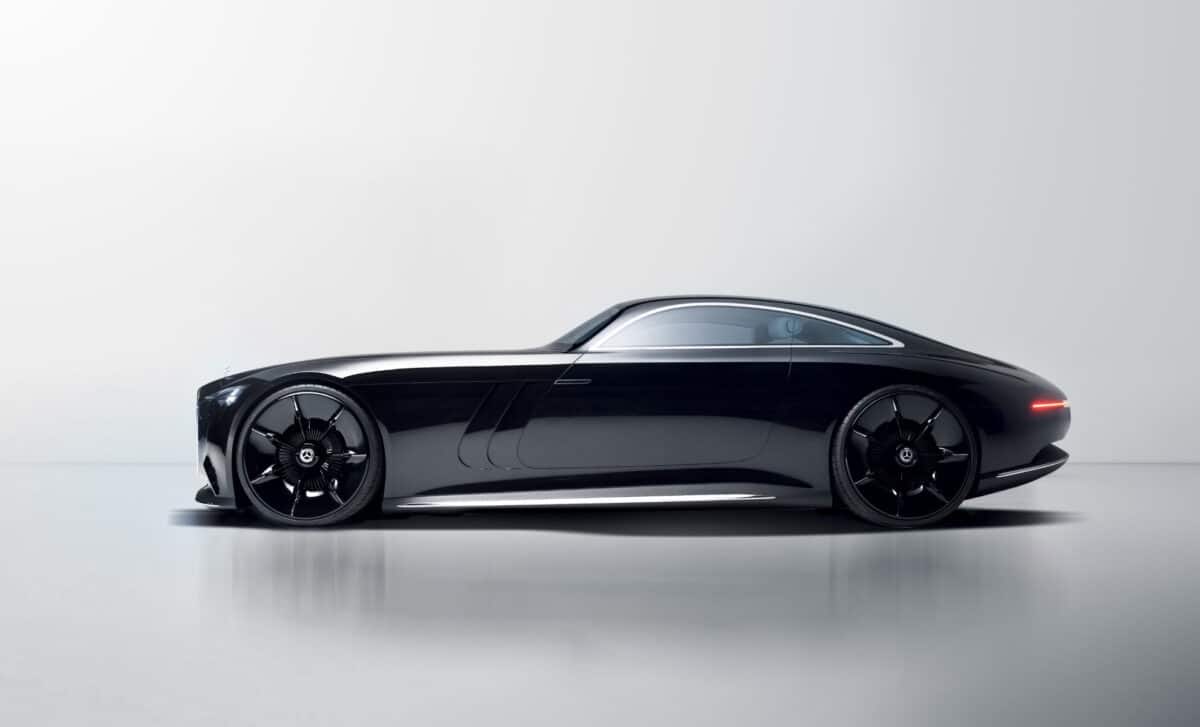
Interior Minimalism Meets Sustainable Luxury
Inside, the Vision Iconic Concept continues the theme of restraint. The interior features a four-seat layout with floating elements and natural materials. The floating center console and seats are suspended from the car’s side structures, giving the cabin a lounge-like atmosphere. Ambient lighting and transparent surfaces emphasize openness rather than containment.
According to the same source, the design language inside avoids the increasingly screen-dominated dashboards of contemporary EVs. Instead of a full-width display, the cabin incorporates digital functionality through discreet projections and minimal interface elements. This shift aims to create a calming user experience rather than an information overload.
The materials used reflect Mercedes-Benz’s commitment to sustainability, with recycled elements and responsibly sourced natural fibers integrated into the cabin architecture. This move aligns with the company’s broader electrification and carbon-reduction goals while maintaining its reputation for refinement.
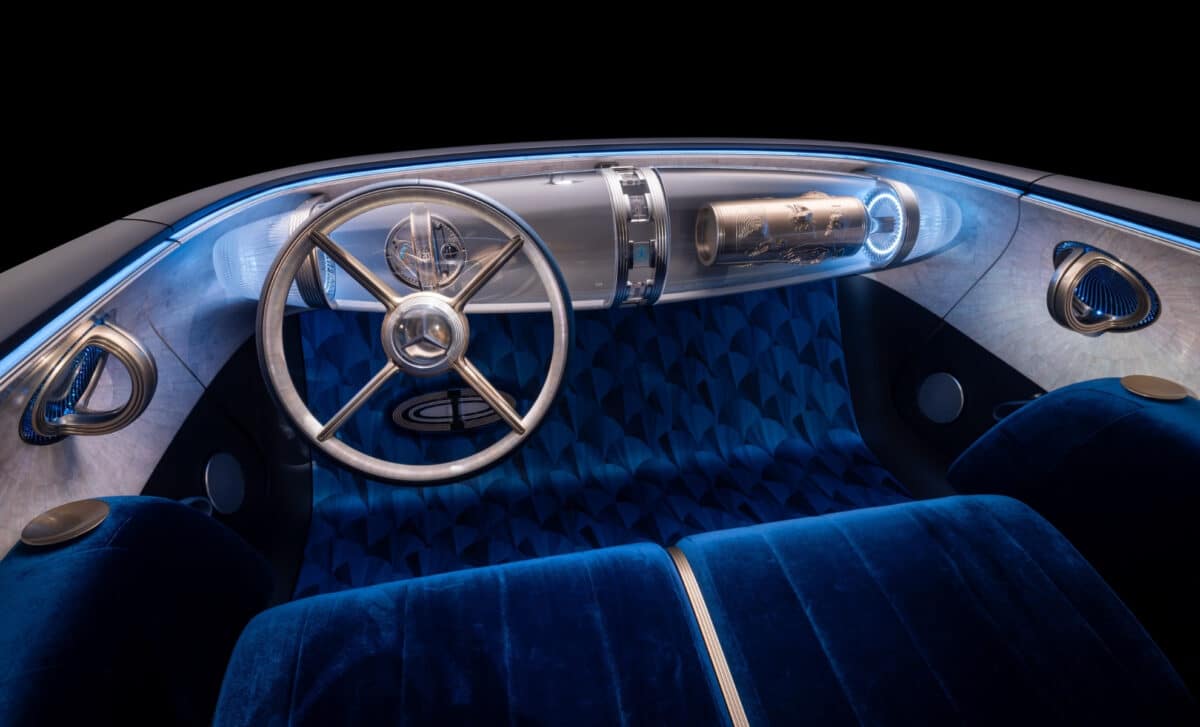
Mercedes Uses the Concept to Shape Its Design Future
The Vision Iconic Concept is part of a larger conversation about what Mercedes-Benz wants to look like in an electric future. As the company pivots away from traditional combustion-engine vehicles and toward electrification, there is a growing need to establish a consistent and recognizable design identity across its upcoming electric range.
The Vision Iconic Concept is not intended for production but rather to set the tone for future flagship vehicles. Mercedes has already launched several models under the EQ brand, but the visual cohesion of that lineup has remained a topic of debate. With this new concept, the brand is signaling a new aesthetic phase that blends nostalgia with forward-thinking minimalism.
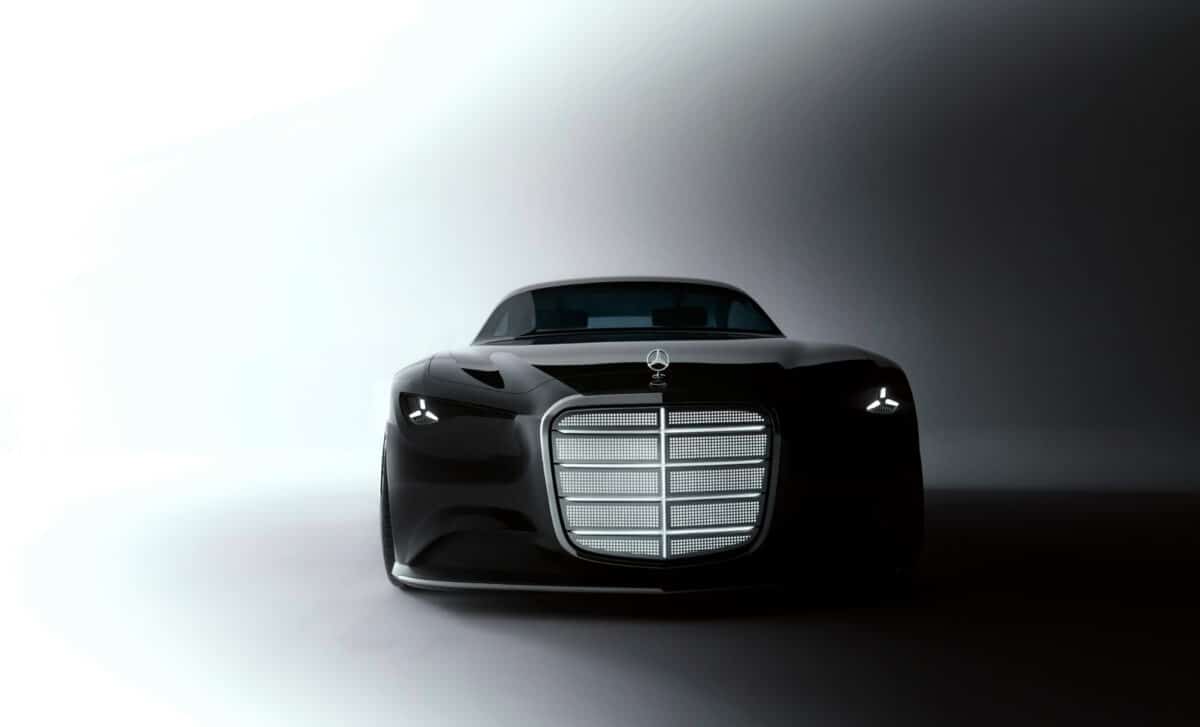
The vehicle’s appearance at IAA Mobility also underlines the importance of public reception in shaping future design direction. By showing a non-functional concept that prioritizes emotional resonance over metrics, Mercedes seems to be testing how well its heritage-themed styling cues can be adapted for a new generation of EV buyers.


